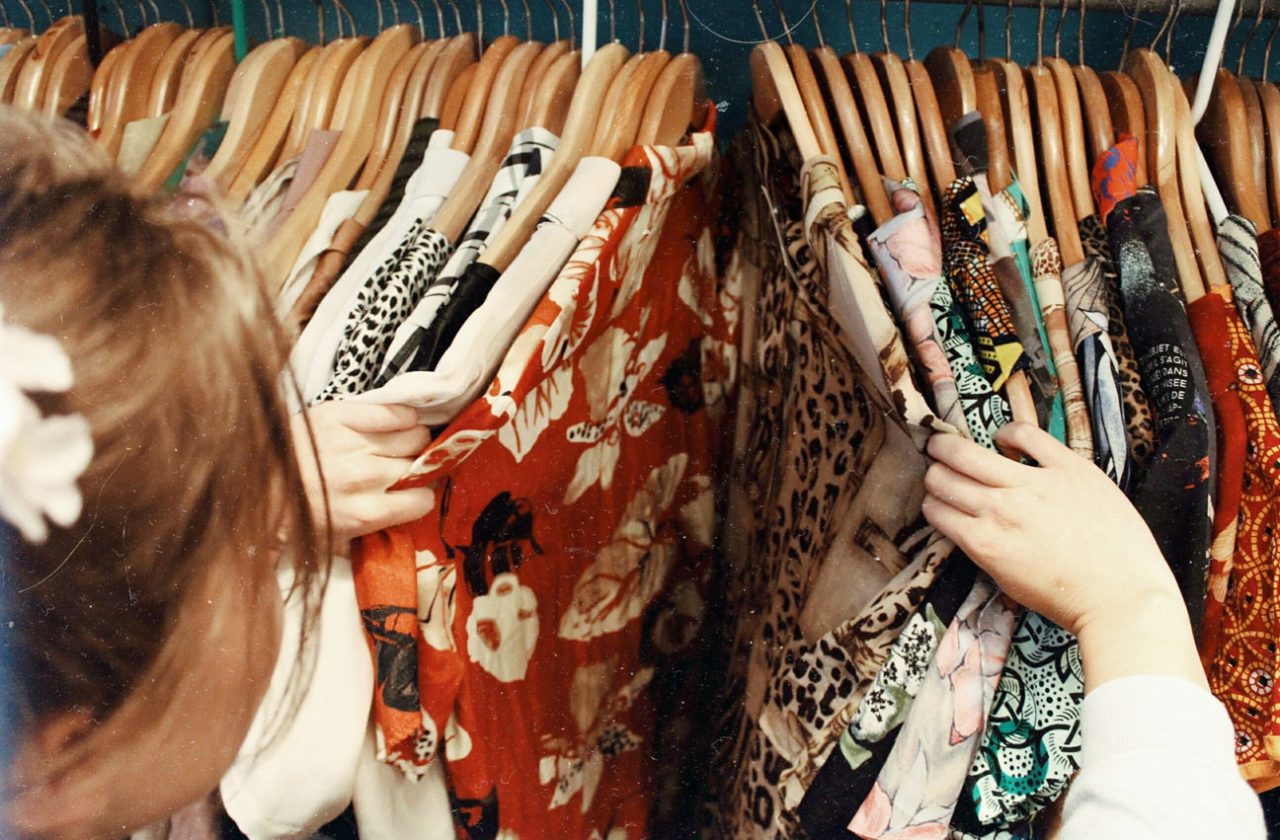How to start building an eco-conscious wardrobe

How to start building an eco-conscious wardrobe
As more people realise the impact humans are having on the deterioration of the planet, more sustainability initiatives are being embraced to try and reverse the damages done. When discussing sustainability initiatives, most people think along the lines of direct energy and water conservation. While this is important, a key area that is being neglected is fashion.
Synthetic fabrics and micro-fibres take as long as 200 years to decay, and they ultimately end up polluting the sea and affecting sea life. Did you know that the fashion industry is the second-largest emitter of pollutants after oil? Well, now you do. Of all the CO2 in the atmosphere, 3 per cent is from clothes.
As an environmentally conscious individual, it is important to appreciate the contribution of your fashion habits to the deterioration of our environment and take the necessary initiatives to reduce them. One way to do this is by consciously shopping for sustainable clothing that has little effect on the environment.
Since knowledge is power, below are some guidelines that will enable you to convert your environmentally unfavourable wardrobe to one that is eco-conscious:
1. Shop at eco-friendly and ethical brands
With the increased demand for trendy clothing items that are cheap, many brands have achieved low prices by producing inexpensive clothes. This is usually done in factories where workers are exposed to poor working conditions and paid unbelievably low salaries. Avoid such brands, as a world where exploitation occurs is not a sustainable one.
There are also a lot of brands which are not ecologically conscious and produce synthetic items of clothing which have a negative impact on the environment. To maintain an eco-conscious wardrobe, you have to steer clear of such clothes and instead shop from sustainable brands with initiatives to conserve our planet.
2. Choose efficiency over quantity

Over-consumption is unsustainable, as it requires a high increase in the amount of clothing produced. It is estimated that by the year 2050, a quarter of the world’s carbon budget will be spent by the fashion industry. This is highly wasteful – according to a report, three-fifths of all clothes end up being thrown away within the year of their production.
In order to reduce the amount of wastage, you should aim to buy clothing items which have a more timeless style than those which are currently in fashion. In order to stay in line with the latest fashion trends, you will be required to refurbish your wardrobe at a pace that our ecosystem cannot keep up with.
3. Re-purpose and mend your clothes
To avoid overconsumption of clothing, do not rush to replace a piece of clothing just because it has a little tear. You should instead take it to a local seamstress or do it yourself if you can. You could get creative with your repairs. For example, an old pair of trousers could be converted into shorts. This is a creative way to avoid wastage.
4. Participate in clothes swaps
Clothes swaps are another great way to reduce overconsumption in the fashion industry. By swapping, you will be able to get some new items without disposing or purchasing any new clothes.
5. Preserve the clothes you have
Conservation is one basic principle of sustainability. By conserving your clothes, you reduce their rate of wear and tear – and therefore your need to replace them. This will aid in reducing your consumption of clothing, hence reducing your negative environmental impact overall.
Editor’s note: This is a guest post. My Stylosophy has big plans for 2019! To support our work, we may earn a commission on sales made using our offers code or affiliate links.
